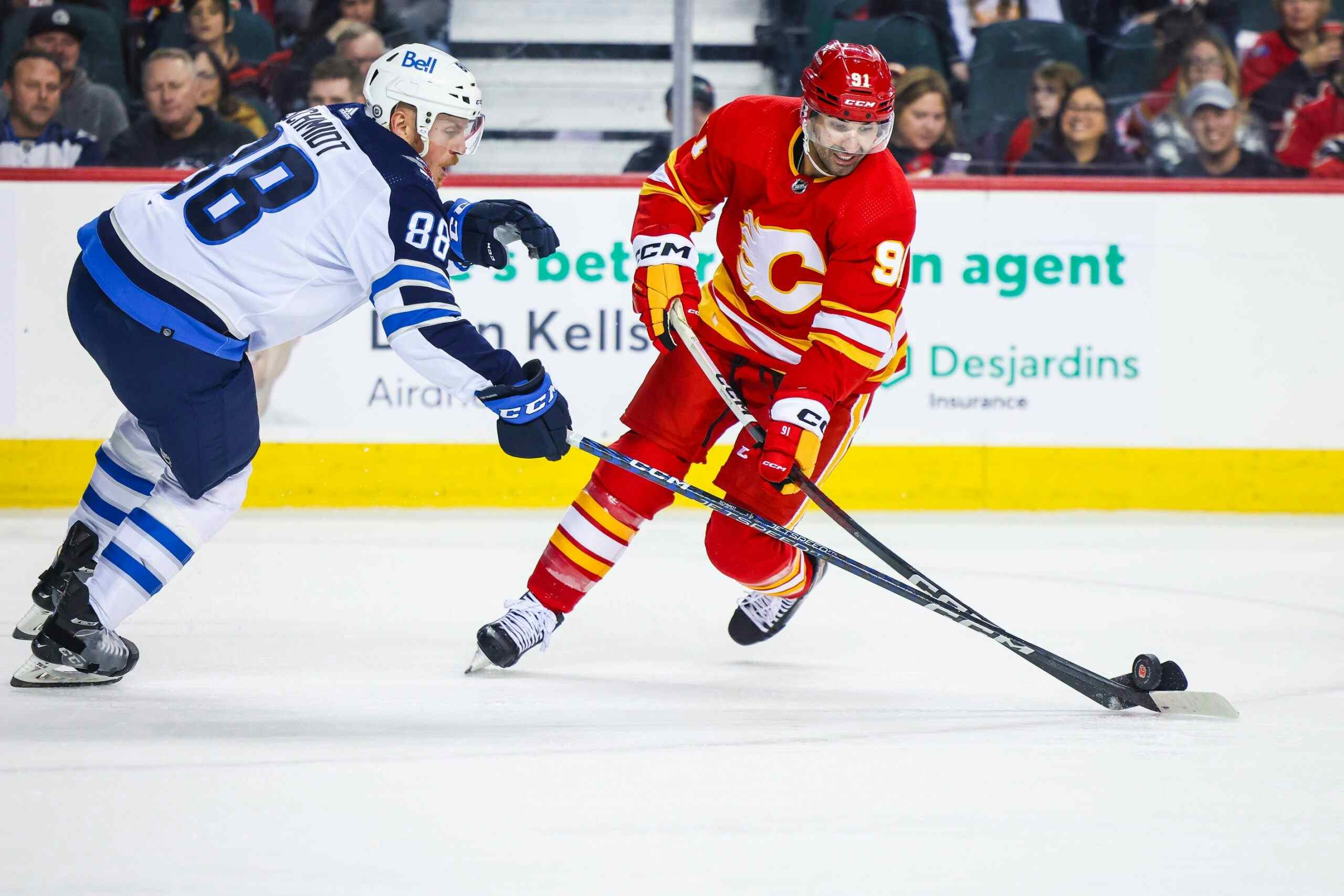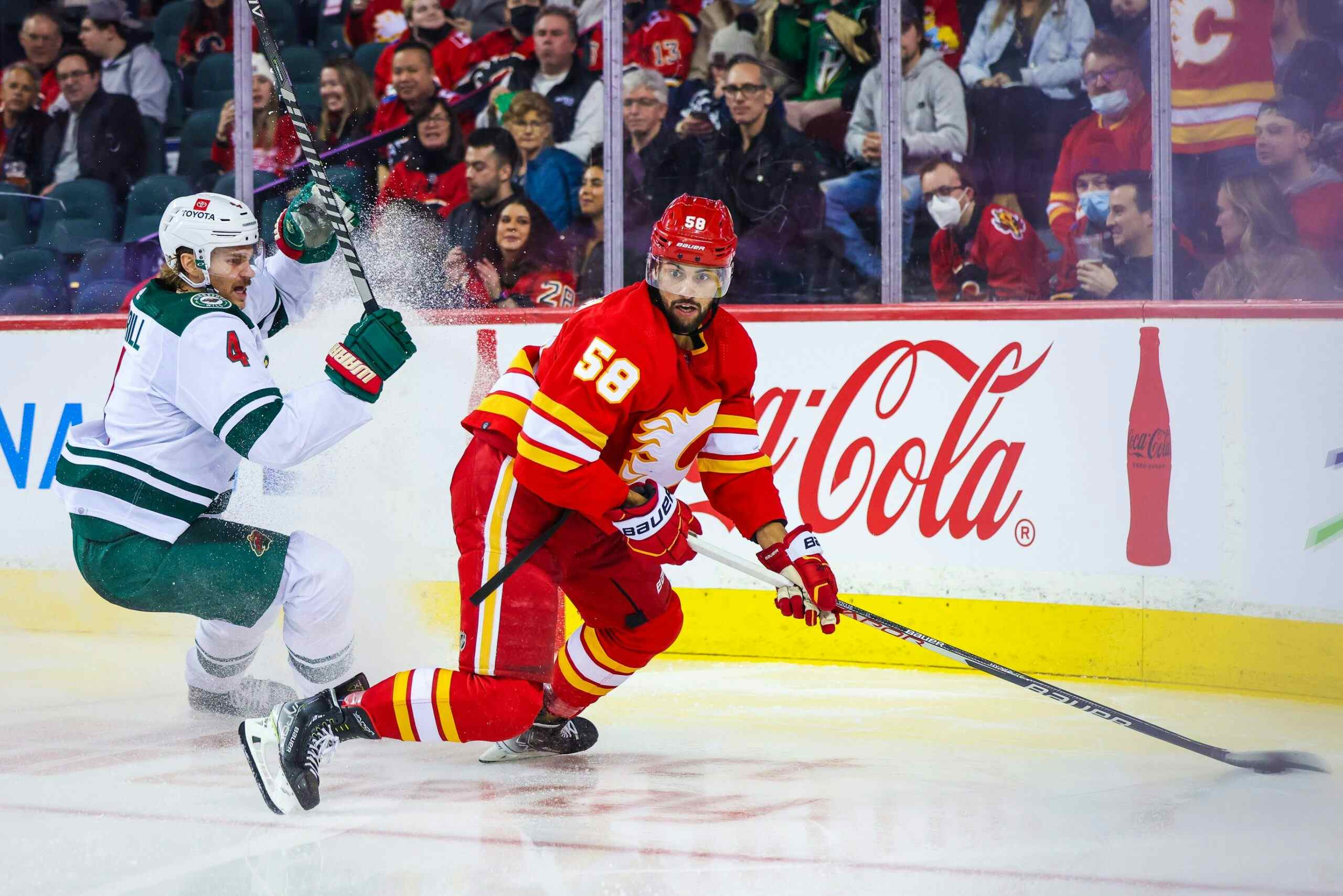Random Thoughts – Dawning of the Age of Fancy Stats
By Kent Wilson
9 years ago
It’s been a pretty weird year for those of us who were around the the beginning of hockey’s “advanced stats” movement. At the start, there were never any thoughts about popularizing their use or getting them into the NHL executive offices. It was simply a collection of enthusiasts asking questions, gathering data and arguing over the implications. That’s why the nomenclature is so odd – Fenwick, Corsi, PDO – the stat names were simply shorthand monickers that stuck. There was no consideration about accessibility (ie; marketing).
Now national broadcasts are mentioning these odd words during games. Pundits argue their value and utility between periods. The esoteric debates of a handful of guys with silly handles on blank template blogspot sites has somehow trickled upwards into popular consciousness. It’s somewhat gratifying to know that the off-hand dismissals and lots (and lots) of hate mail which was the coin of the realm for stats writers for many years wasn’t all for nothing.
– The big test case which seems to have moved the needle in favour of the nerds is, of course, the Toronto Maple Leafs. Toronto came into the season with inflated expectations after an outburst of percentages during the lock-out shortened year saw them break into the post-season. Their awful underlying numbers caused the stats oriented amongst us to be far more circumspect about their chances, of course. Bodog had the Leafs season point total at about 96 before the puck dropped on October. I happily bet the under.
– It’s not just that Toronto finished the season with just 29 regulation wins, 84 points and a -25 goal differential…it’s because they failed in such dramatic fashion. Their last quarter collapse wasn’t specifically predicted by their lousy possession rate (aside from the fact that getting horribly out-shot simply makes a collapse more likely), but the NHL’s biggest franchise wheezing to a halt five feet from the finish line seemed to put an end to the debate with an emphatic exclamation point.
– Of course, the debate isn’t over as far as some last holdouts are concerned (see: Steve Simmons, Damien Cox, Dave Shoalts and the two thirds of FAN960 morning show), but it is over in all the ways that matter. The utility of possession can be ably demonstrated with studies and evidence. People like Ray Ferraro are going on record as in-favour of the new stats. Journalists like James Mirtle and Bruce Arthur with national publications frequently integrate evidence-based analysis in their work. Nate Silver’s 538 was scooped by ESPN and is at the forefront of “data journalism”, where testing assumptions with quantitative inquiries and making predictions is the new normal.
– Perhaps more telling is that the insights gleaned from online Corsi talk has started to infiltrate not just the newspapers and TV broadcasts but the executive offices in hockey arenas as well. The last, best rejoinder in the stats debate for those opposed was always “why don’t the people who are paid to do this use this stuff?” For a long time, the only response was to point at the evidence and shrug. But that’s changing.
The Hawks don’t call it Corsi
or Fenwick. They have their own terminology and methodology. Bowman
hinted that the fundamental goal of the Hawks’ analytics is the same as
the more commonly accepted ones, but he wouldn’t go into any more
specifics.“What we do is different,”
Bowman said. “I think it’s better, but I guess it’s a matter of opinion.
It’s also a competitive advantage. That stuff’s readily available, but
what we have is more proprietary. Which is why I’m really trying not to
talk about it. I think what we do gives us an advantage over other
teams. They might say I’m wrong, but we’re pretty confident that what we
have works.”
That’s from a recent Chicago Sun-Times article noting how analytics have become a big part of the way the Blackhawks do business.
– Related – if you missed it, Josh Weissbock published something on the possession rates of AHL teams entering the post-season. I can tell you he was contacted by at least one curious NHL organization about his method for determining the numbers.
– Kyle Dubas, the young GM of the Sault St. Marie Greyhounds, discussed yesterday how his organizations’ focus on possession has led them to change their emphasis from dump-and-chase hockey to carrying (and keeping) the puck as much as possible. Justin Bourne sums it up like this:
[T]he best teams remaining all have stars who can handle the puck.
Their defensemen can (Doughty, Keith, Chara, Subban, Letang), and their
forwards can (Kane, Kopitar, Crosby, Getzlaf, Bergeron). You can go
pretty far down most lineups before coming across a name that makes you
skeptical. You have to be able to handle the puck to play in the NHL
today (very few exceptions), and it’s going to be more important going
forward.If you want to make players better, if you want to
make teams better, you have to understand that possession is at a
premium. Players are too good these days to just give them the puck and
assume that they’ll lose it back to you shortly.When you have it, keep it. That’s the way it’s going to be in the new NHL.
– The emphasis on carrying the puck across the blueline rather than the “chip and chase” strategy comes directly from the work of Eric T, whose zone entry project and studies showed that controlled zone entries led to double the possession rate as the classic bang and crash method. This, of course, is the next frontier of advanced stats – not simply broad brush correlations and general, long scale predictions, but actionable insights born from a marriage of quantitative analysis and scouting/observation.
For another example of this kind of stuff, be sure to check out Tyler Dellow’s recent work with how different face off tactics can have strong effects on possession rates.
– Although the fight over whether Corsi and such is relevant is mostly over, the truth is we’re really only scratching the surface when it comes to rally understanding this stuff. In addition, the game constantly changes and evolves, so the need to challenge assumptions and inspect the market for inefficiencies will never ebb.
– Finally, Corey Sznajder of Shutdown Line is embarking on a project to watch over 1,000 games this summer and record detailed zone entry information which he will eventually make publicly available. This kind of info will be immensely useful, so I urge you to swing by this link and drop a few bucks to help him fund this thing.
Recent articles from Kent Wilson





